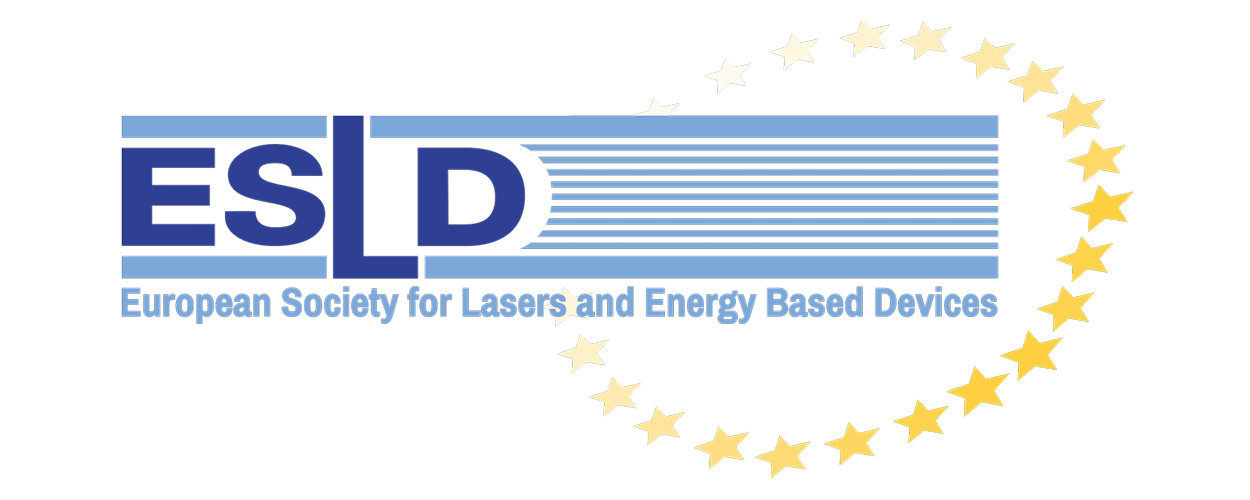GO BACK
IMCAS Academy International
IMCAS Academy International
Program
Adapt the schedule of the livestreamed class/congress to your time zone
Time zone reference: (UTC-04:00) America, New York
Challenging cases: injectables, clinical dermatology, lasers & EBDs
Room: Webinar
Date: Thursday 16 July 2020 at 11:00 to 12:30
Format: CLINICAL CASE STUDY > study of unusual or difficult patient cases to assess various treatment plans and discuss patient care
Date: Thursday 16 July 2020 at 11:00 to 12:30
Format: CLINICAL CASE STUDY > study of unusual or difficult patient cases to assess various treatment plans and discuss patient care
Lectures of the session
| Hours | Speakers | Lecture title | Abstract | Number |
| 11:00 | Introduction | 101342 | ||
| 11:05 | Challenging cases: injectables | View | 101343 | |
| 11:29 | Challenging cases: clinical dermatology | 100442 | ||
| 11:17 | Challenging cases: lasers & EBDs | 100443 | ||
| 11:41 | Questions & answers with the audience | 101007 | ||













